Members of Thanh Hoa Trash Lovers Association collect trash at Dong Chiec Lake, Hac Thanh Ward.
Along with the manifestations of air, soil, domestic waste, industrial waste pollution, many urban areas in the province are currently facing surface water pollution (mainly organic and nutrient pollution) in lakes, canals, and inner-city ditches, especially in large urban areas such as Hac Thanh and Sam Son. Through monitoring by functional sectors in 2024, it shows that the quality of surface water in inner-city lakes and inner-city lakes has mostly been polluted by organic compounds, nutrients and microorganisms due to the influence of domestic wastewater and industrial, commercial, service, medical wastewater... In particular, in lakes in Thanh Hoa City (old), according to WQI values, there are signs of poor pollution. According to the monitoring of TSS content in water at 9 locations such as Thanh Lake, Dong Chiec Lake (old Thanh Hoa City), Dong Chua Lake (old Nghi Son town), Canh Chim Lake (old Bim Son town)... up to 3/9 locations have water quality at level C (>15mg/L - poor water quality). These 3 locations are Thanh Lake, Dong Chiec Lake and Dong Chua Lake.
According to the monitoring results of the functional sector at some other points in urban areas, the values of the parameters DO, COD, BOD5, Total N and Total P correspond to level D, a very bad water level according to the water quality classification of QCVN 08:2023/BTNMT. Notably, there are monitoring points at the bridge on Ben Thuy canal (intersection with Hung Vuong Avenue); Bo bridge; Den bridge in Hac Thanh ward. In particular, the water source at Thanh lake and Dong Chiec lake shows signs of pollution due to the influence of domestic, commercial and service wastewater...
For large river sections flowing through urban areas such as the Ma River, according to monitoring in 2024, the Ammonium content at locations (Le Mon port, Gong River, Nguyet Vien ward; confluence between Do River and Ma River, Sam Son ward) in the first phase was 1.39; 13.27 and 11.92 times higher than the allowable limit, respectively; in the second phase at Le Mon Port, it was 3.18 times higher than the allowable limit. In the sixth phase at locations (Le Mon port, Gong River, Nguyet Vien ward; confluence between Do River and Ma River, Sam Son ward) it was 10.6 and 6.5 times higher than the allowable limit, respectively, according to QCVN 08:2023/BTNMT.
Regarding the quality of groundwater environment in urban areas in the province, through monitoring and assessment by functional sectors, it is still relatively good, pH values range from 6.0 - 8.0; most heavy metals have low content and all meet QCVN09:2023/BTNMT. However, due to seawater intrusion, groundwater quality in some coastal areas is affected. Notably, there are signs of contamination at some monitoring locations in densely populated areas, manifested by hardness, Ammonium, Chloride, F-, Mn, NO3-, Coliform content higher than the allowable limit. For example, some indicators such as total hardness, total solids, Chloride, Mn, Coliform in the concentrated residential area of Hai Thanh ward, Nghi Son town (old), now Tinh Gia ward; residential area near the landfill in Bim Son ward; The residential area of the old Ngu Loc commune (now Van Loc commune) is higher than the permitted limit...
Studies have shown that when water sources are polluted, it will increase the risk of disease outbreaks, leading to skin and digestive diseases, as well as other strange diseases that are harmful to human health. Water pollution is also one of the factors that cause loss of urban aesthetics. From this reality, the requirement for protecting the water environment in urban areas for sustainable development goals becomes more urgent.
To realize this task, in addition to tightening waste discharge activities in urban areas, apartment buildings, as well as factories and production facilities, each person needs to raise awareness about littering and keeping the living area clean; increase responsibility in using water economically, reducing the amount of wastewater and the concentration of pollutants in water when discharged into the environment. Along with that, Party committees, authorities and functional branches should strengthen inspection and supervision to promptly detect polluted water sources and water sources that need to be protected in order to come up with effective implementation solutions.
Article and photos: Phong Sac
Source: https://baothanhhoa.vn/danh-gia-chat-luong-moi-truong-nuoc-truoc-xu-the-do-thi-hoa-257089.htm


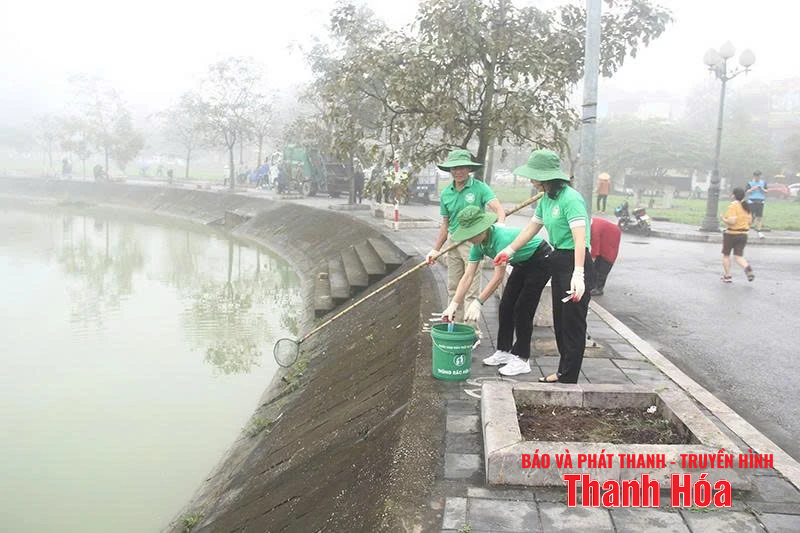

![[Photo] Cat Ba - Green island paradise](/_next/image?url=https%3A%2F%2Fvphoto.vietnam.vn%2Fthumb%2F1200x675%2Fvietnam%2Fresource%2FIMAGE%2F2025%2F12%2F04%2F1764821844074_ndo_br_1-dcbthienduongxanh638-jpg.webp&w=3840&q=75)








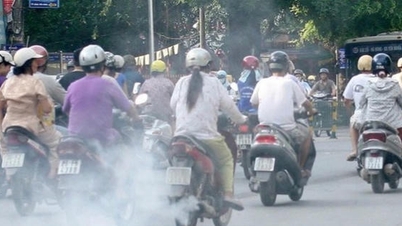

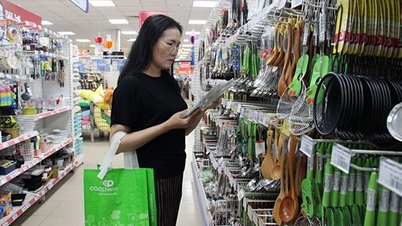

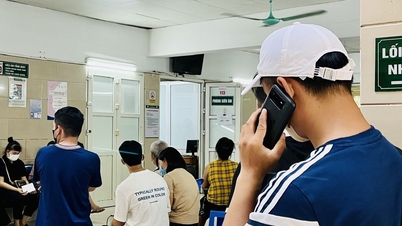

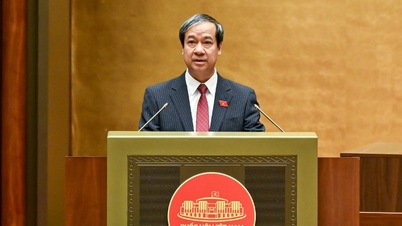








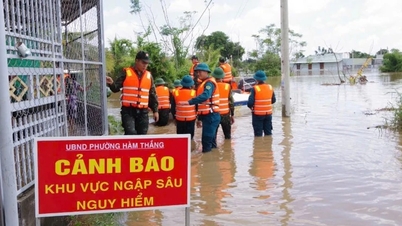

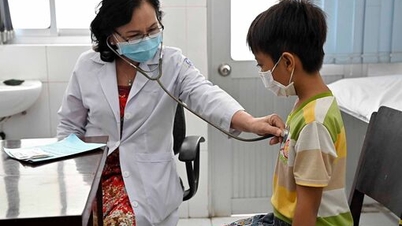





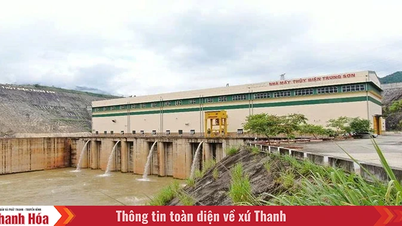
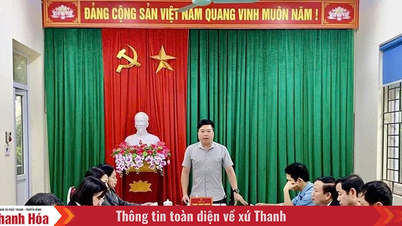
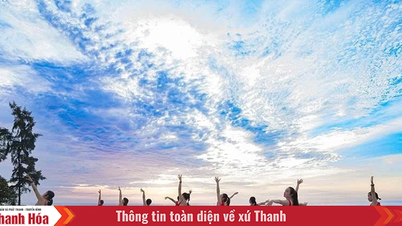
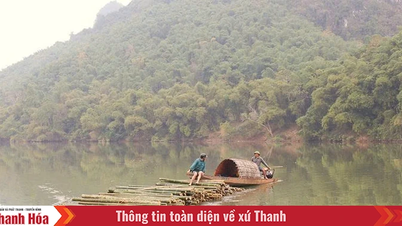
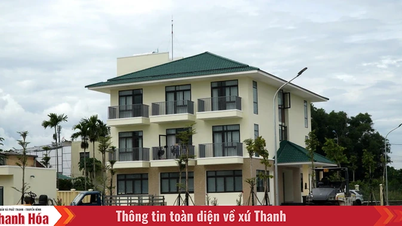



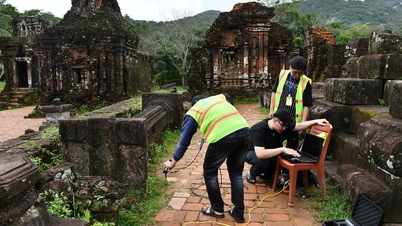

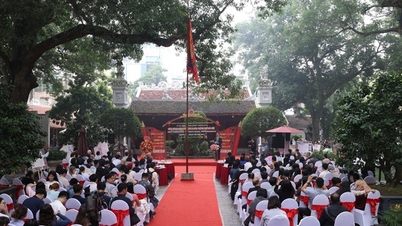





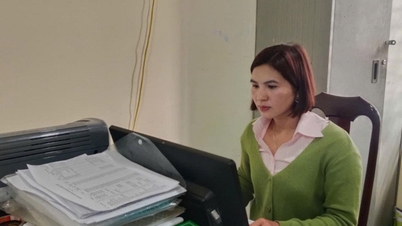




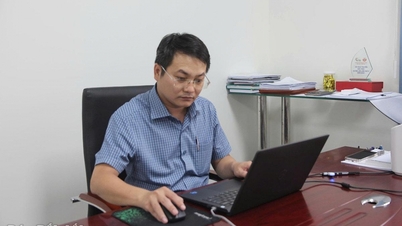
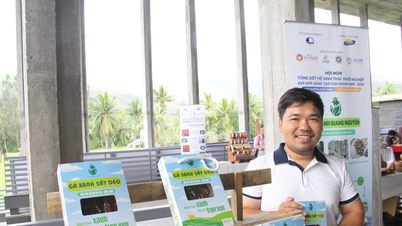

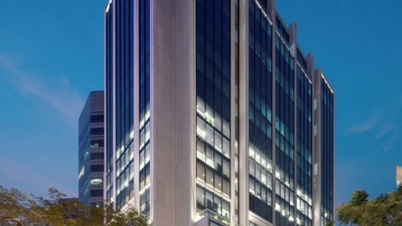

![[VIMC 40 days of lightning speed] Hai Phong Port determined to break through, reaching the target of 2 million TEUs by 2025](https://vphoto.vietnam.vn/thumb/402x226/vietnam/resource/IMAGE/2025/12/04/1764816441820_chp_4-12-25.jpeg)



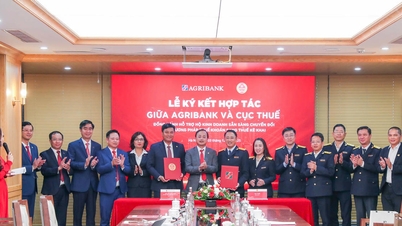









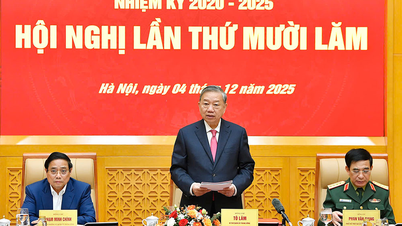

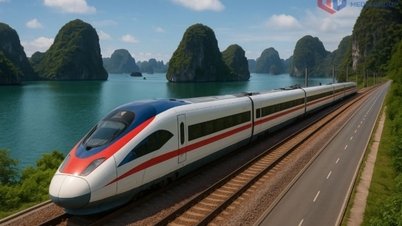



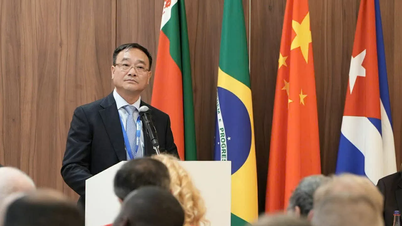



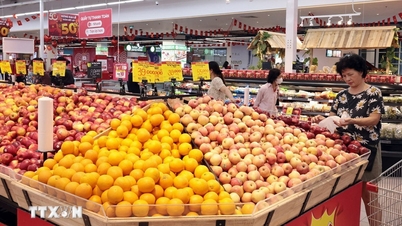



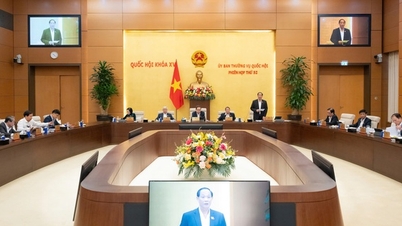
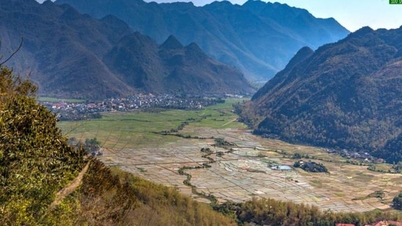
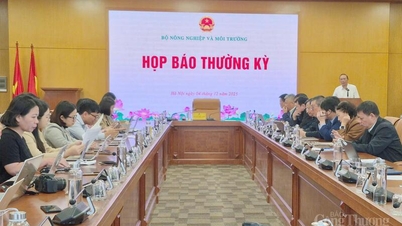
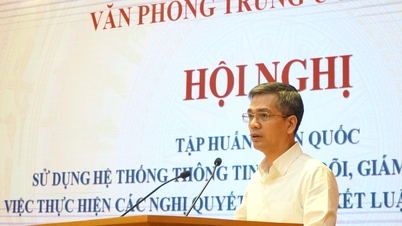




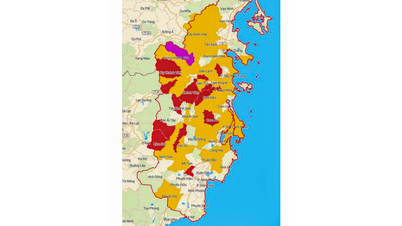













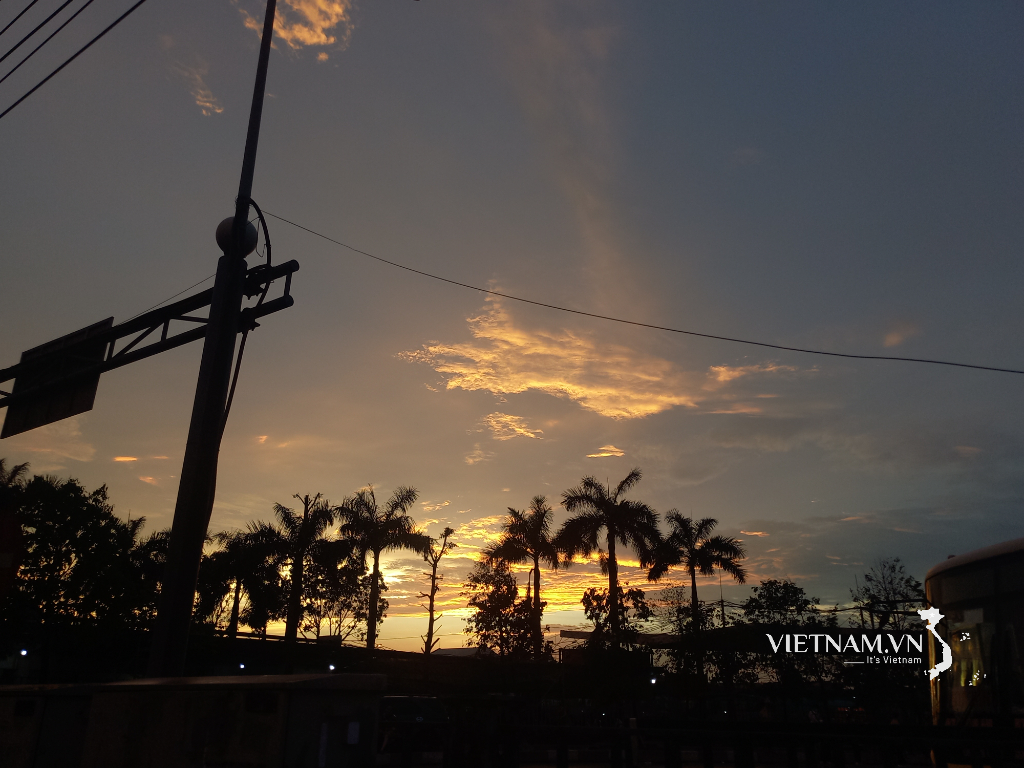


Comment (0)